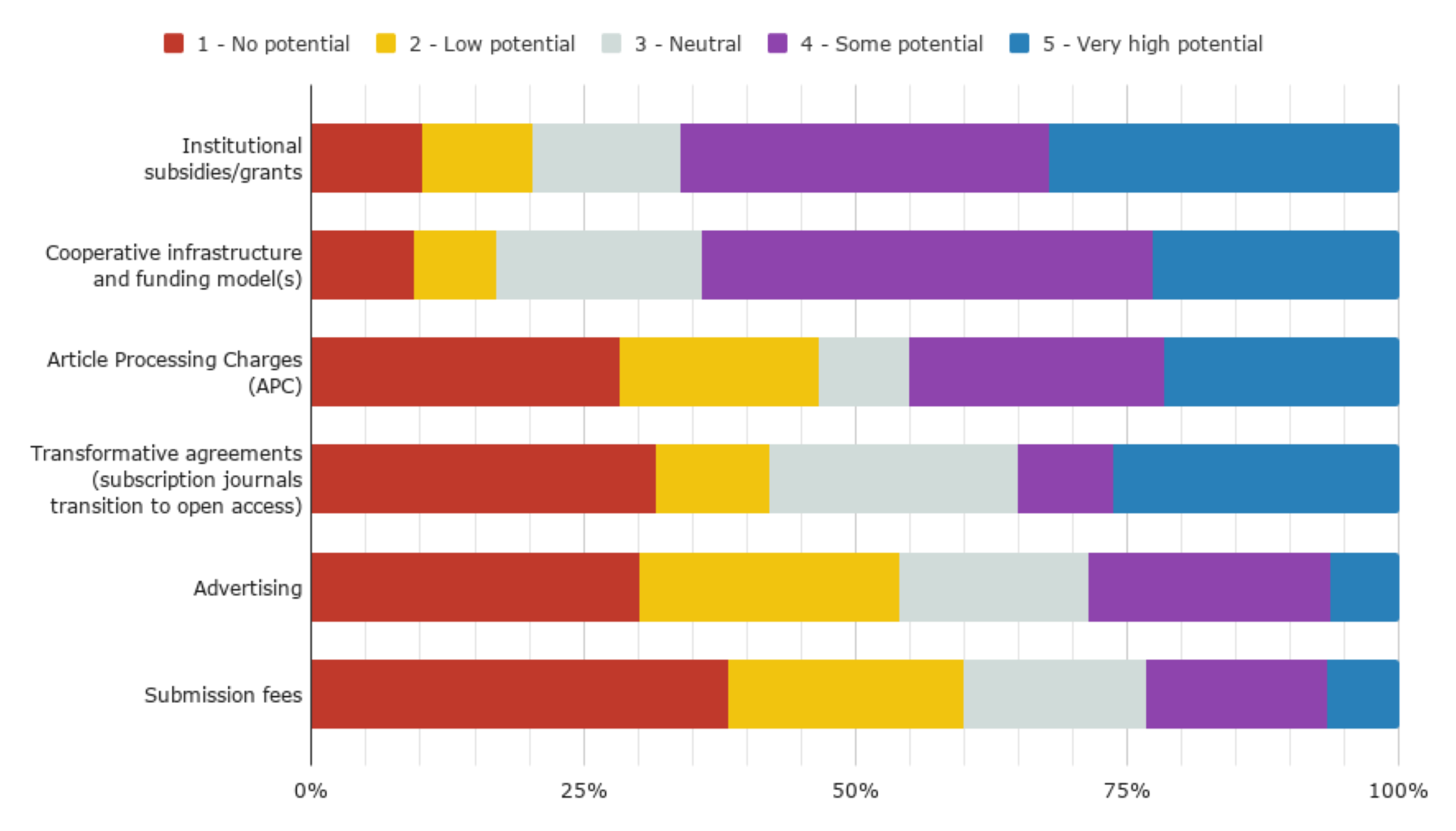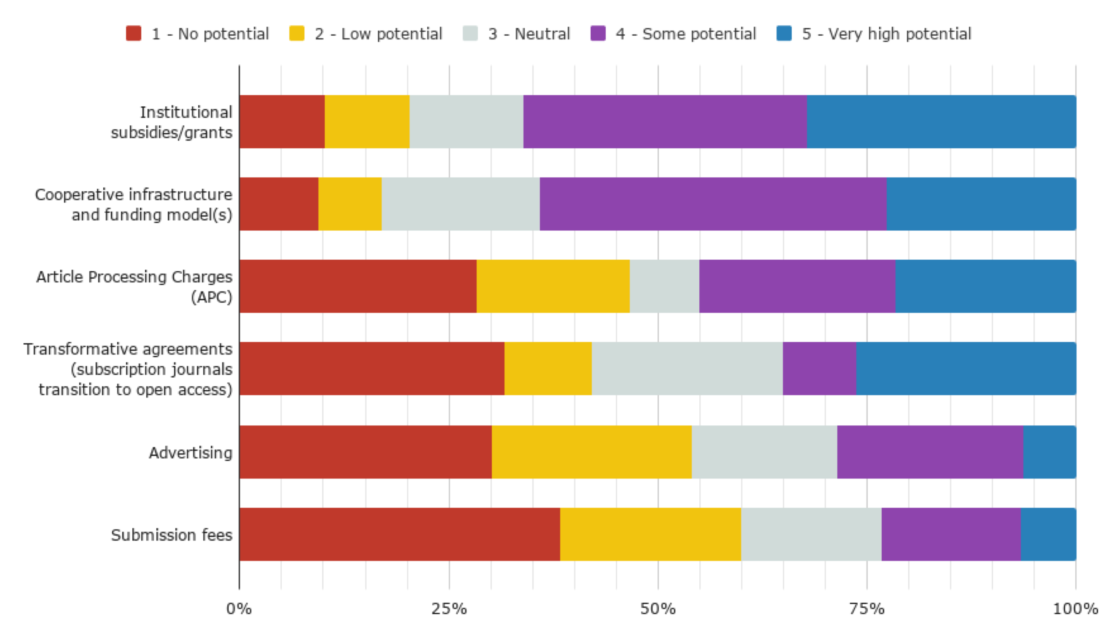OPEN SCIENCE
On Reassembling Scholarly Communications: A book about the ethics and egalitarianism of open access, edited by Martin Paul Eve. In a nutshell, Eve says, “This book is about the ethics of academic publishing and its transition to open access.”
The Open Science Community Starter Kit. How to set up and foster a local Open Science Community, based on models from Europe.
PUBLISHING
Nature journals announce first open-access agreement. The Max Planck Digital Library in Germany has negotiated a deal with its researchers that allows them to publish open access in the Nature branded titles. The deal is notable as it establishes a first open access price point for these journals, with a €9,500 publishing fee per open access article.
Open Access is here to stay. But who will pay? Presenting data from a Scholastica report, Daniella Padula provides some answers on the LSE Blog. The report itself covers journal production as well as access, and has a lot of data to offer. Not all of it pretty. Whilst 98% of publishers create pdf output of papers, fewer than half produce full-text xml files. Machine-readable metadata is patchy, too. Around open access, funding options appear to be gravitating away from APC and transformative agreements towards institutional models or cooperative agreements. (see figure below)
cOAlition S has published a Request for Information for a Price and Service Transparency Framework. This will be a secure service through which publishers and approved users can share pricing data in relation to publishing fees.
The Institution of Engineering and Technology (IET) will transition their entire journal program to gold open access from January 2021. Great to see this development in the engineering domain. The IET has partnered established a new partnership with Wiley to published the journals open access.
PLOS
PLOS and Transparency (including Plan S Price & Service Transparency Framework). PLOS has provided a pricing breakdown for all journals. It is an important step towards a better understanding of the publication costs.
OTHER
Tom Lehrer has waived all rights to the lyrics and his original sheet music. This includes the song “The Elements.”

On a scale of 1-5, what do you think the potential is for each of the options below to fund fully-OA journals at your organization within the next 3 years?
Credit (CC-BY): The State of Journal Production and Access 2020. Report on survey of society and university publishers. Scholastica.
